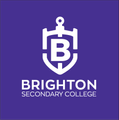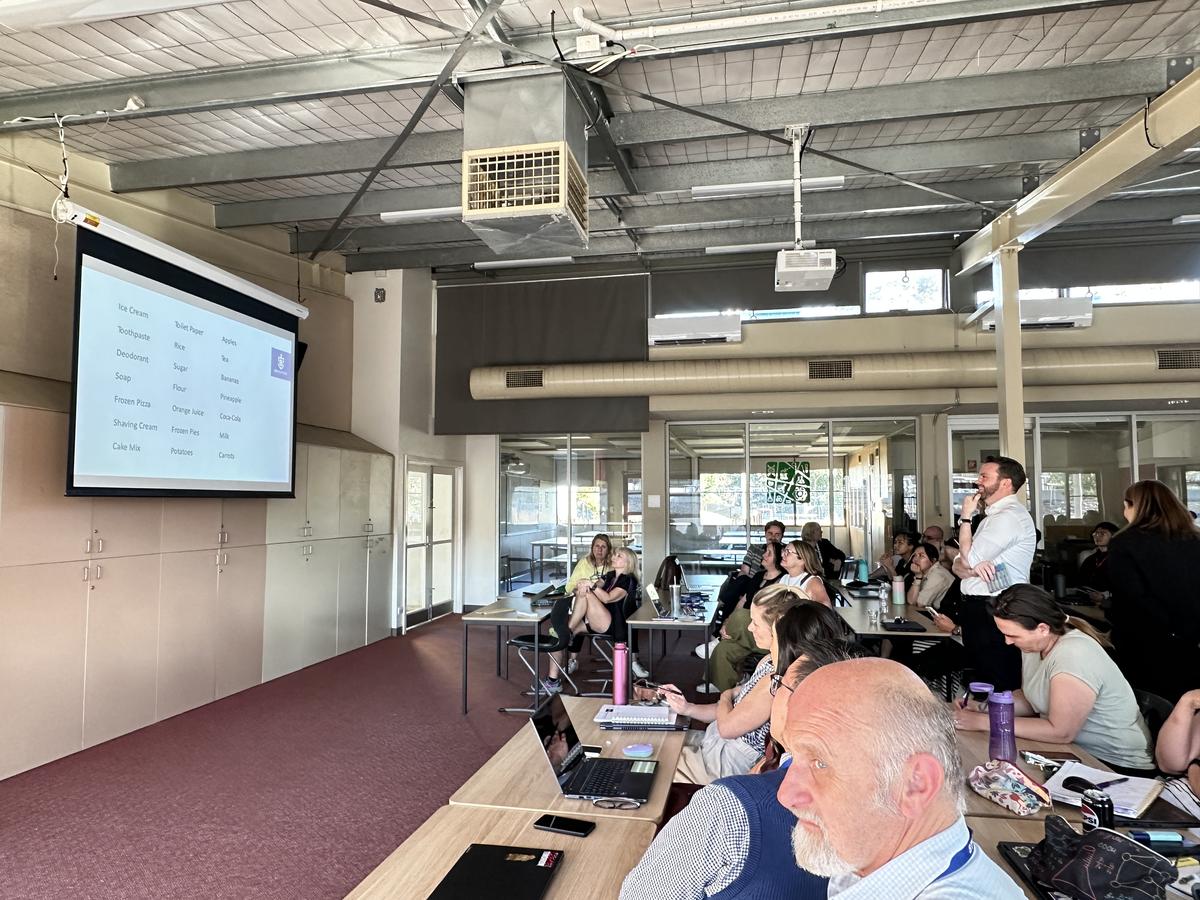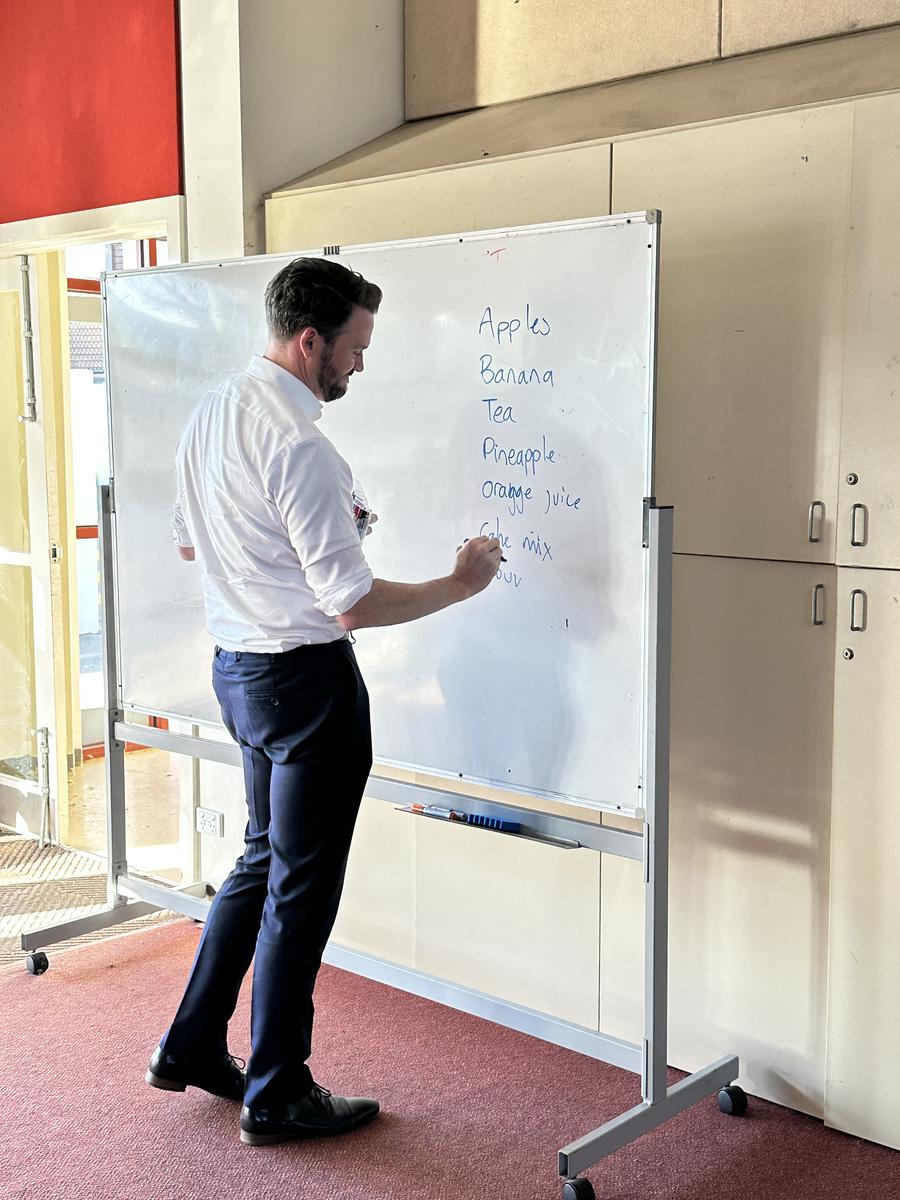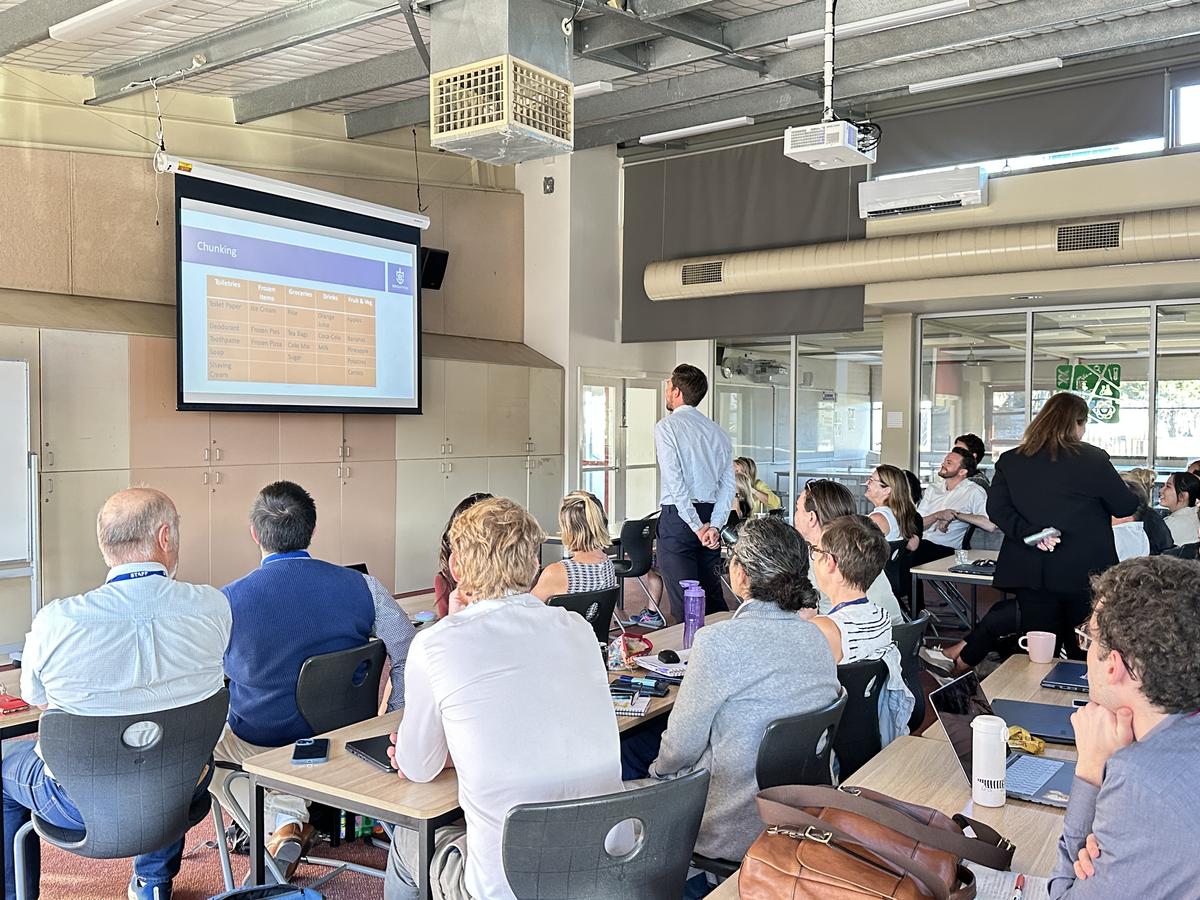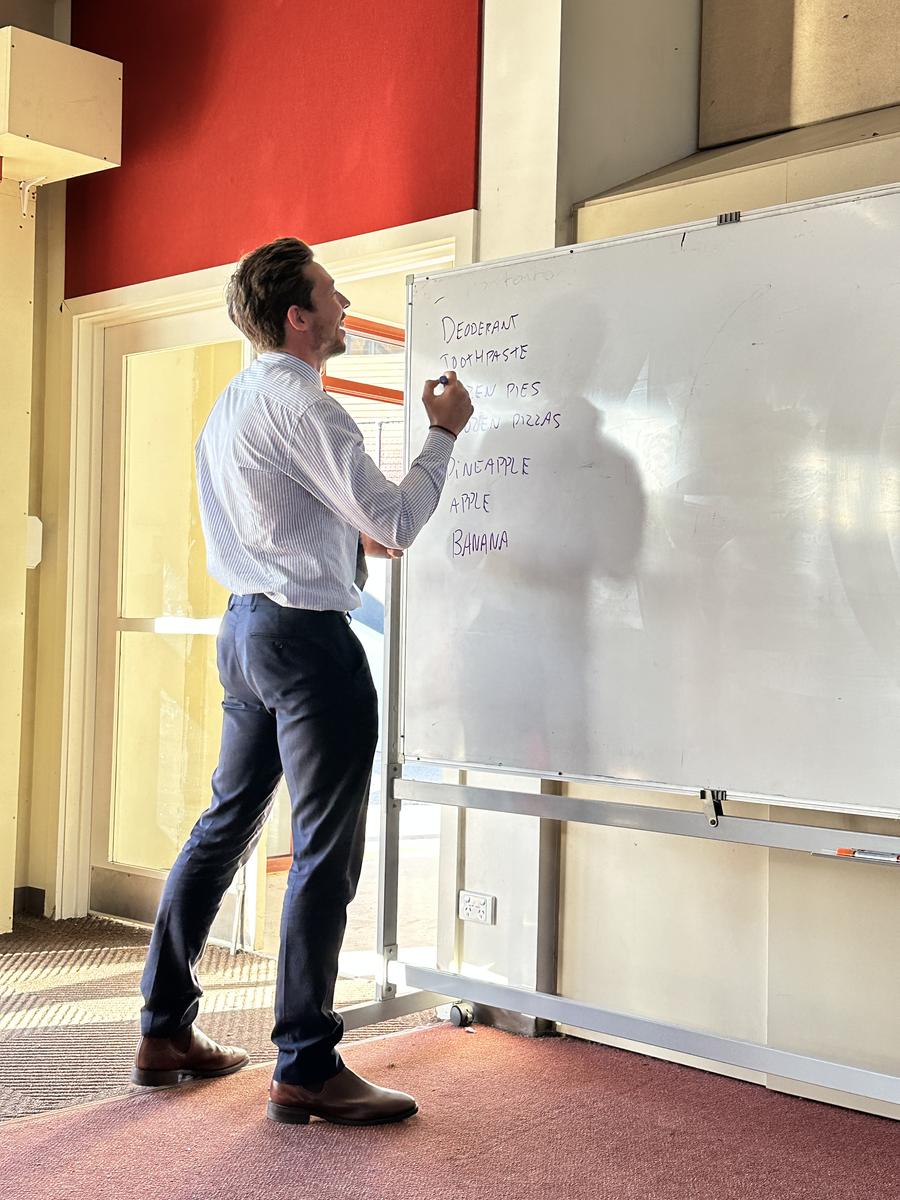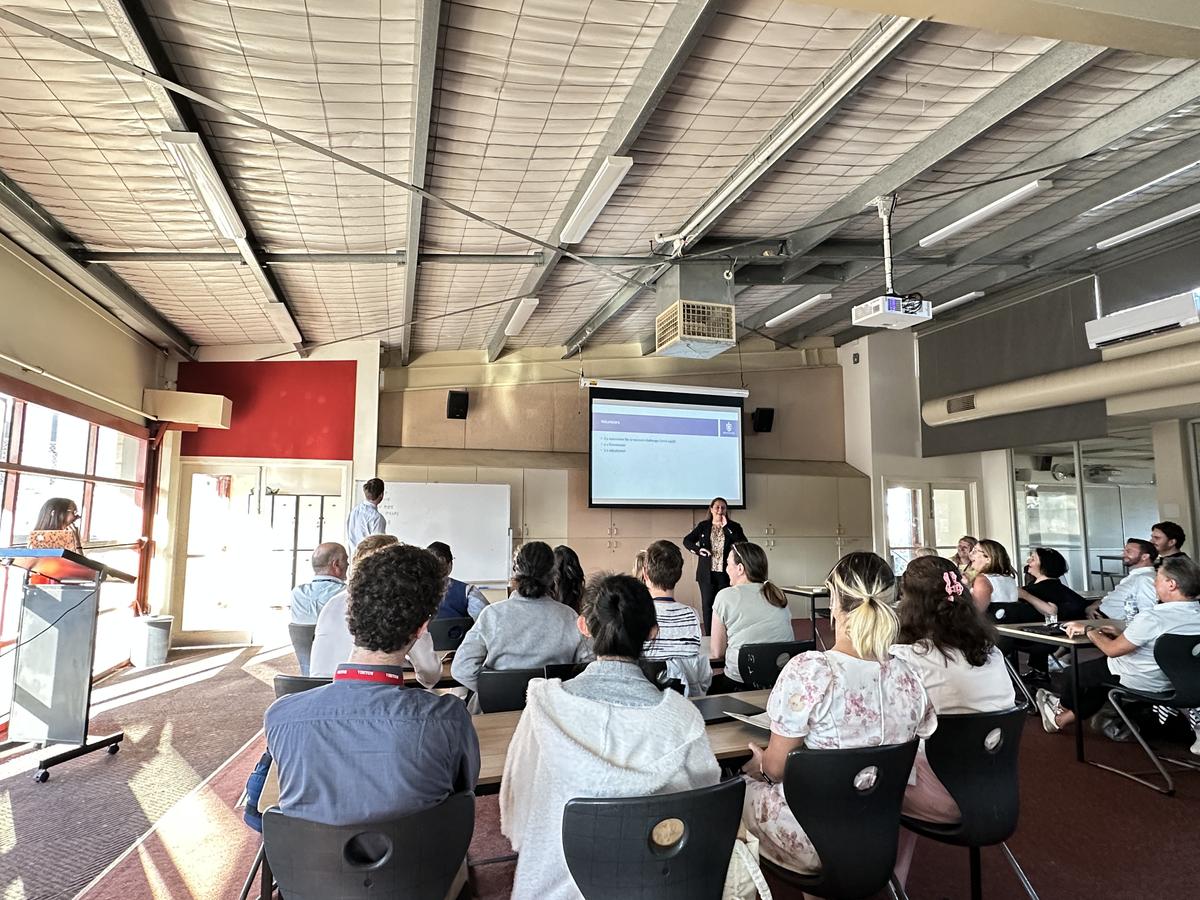Applying Cognitive Science in the Classroon

On Tuesday, 6th May, during our whole-school staff meeting, Assistant Principal Pennie Whiteman—who brings a strong and accomplished background in teaching Neuro Psychology—delivered an informative and engaging session on understanding the brain, with a particular focus on cognitive science and its practical application in the classroom. Also aligning this to the new Department of Education (DE) Victorian Teaching and Learning Model 2.0.
Pennie demonstrated memory techniques for staff to utilise in their classes by using the Principal Peter Langham and Assistant Principal Danny Chalk in a demonstration.
Peter used free recall after memorising words, whilst Danny used mnemonics to memorise the same list. This demonstrated how teaches can make a real impact on student learning by employing simple yet effective memory strategies.
Cognitive Science in the Classroom: Understanding Memory Systems
Pennie also discussed cognitive science particularly exploring the adolescent brain and how students acquire, process, store, and use information— which are core activities in any learning environment. In classrooms, a foundational understanding of how memory works can help educators design more effective teaching strategies. Three key components of memory are sensory memory, which briefly holds information we see or hear; short-term (or working) memory, where we actively process and use information for a short period; and long-term memory, where knowledge is stored and recalled over time all play distinct and critical roles in how students absorb and retain knowledge.
Cognitive Load Theory
As part of our ongoing commitment to professional learning, Pennie shared her expertise on Cognitive Load Theory, an evidence-based framework that helps educators understand how students process information. She explained the three types of cognitive load—intrinsic load (the complexity of the material itself), extraneous load (how the material is presented), and germane load (the mental effort used to create and strengthen understanding). By understanding these components, teachers can more effectively design lessons that support learning without overwhelming students.
Pennie also addressed the concept of cognitive overload, which occurs when students are given more information than they can process at once. This can hinder learning and lead to frustration or disengagement. Through this professional development, our staff gained valuable insights into how to manage cognitive load in the classroom—such as breaking down complex tasks, reducing unnecessary distractions, and encouraging strategies that promote deeper thinking. This session is one of many ways we ensure our teachers are equipped with the latest research and tools to continually enhance their teaching and support every student’s success.
In the Classroom:
When students apply previously learned concepts to new problems, write essays recalling historical events, or demonstrate skills developed over time, they are drawing from long-term memory. Teachers can aid this process by using techniques like spaced repetition, meaningful review, and encouraging students to connect new learning with familiar ideas.
Conclusion: Applying Cognitive Science to Teaching Practice
Understanding memory systems through the lens of cognitive science allows teachers to align their instructional strategies with how the brain naturally processes information. By recognising the limitations of sensory and working memory and maximising the potential of long-term memory, educators can create more effective, engaging, and memorable learning experiences.
